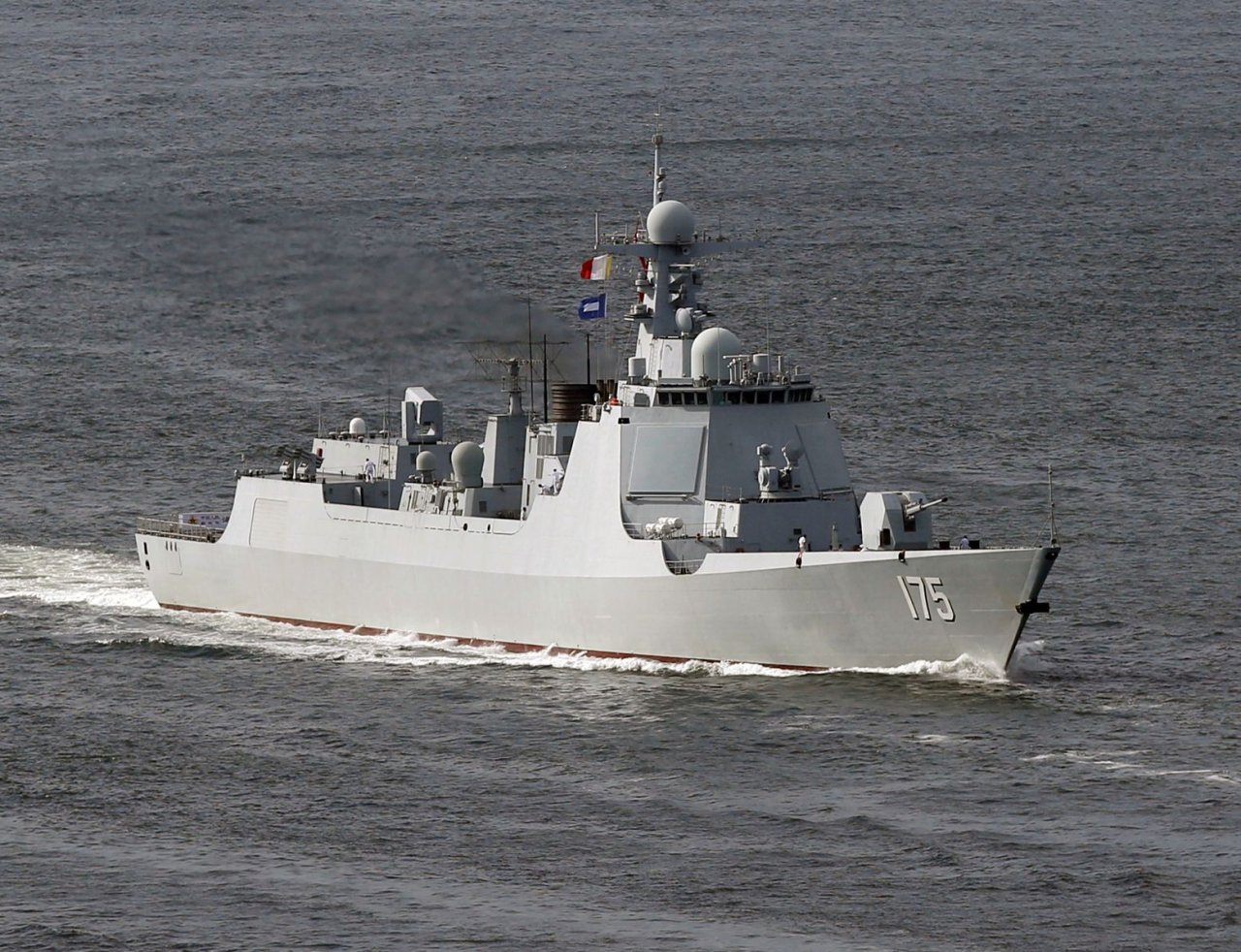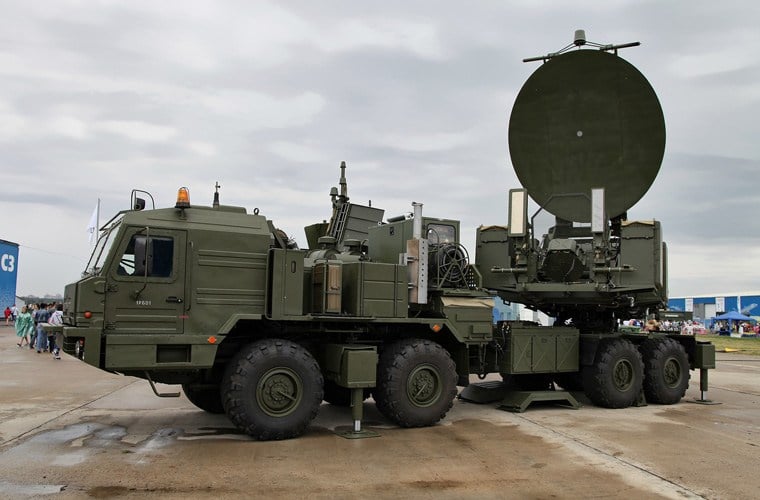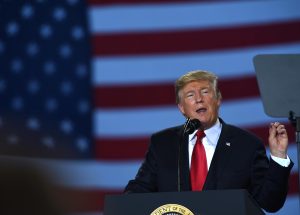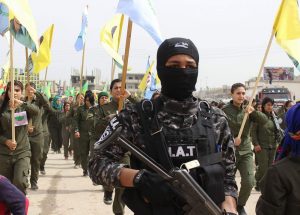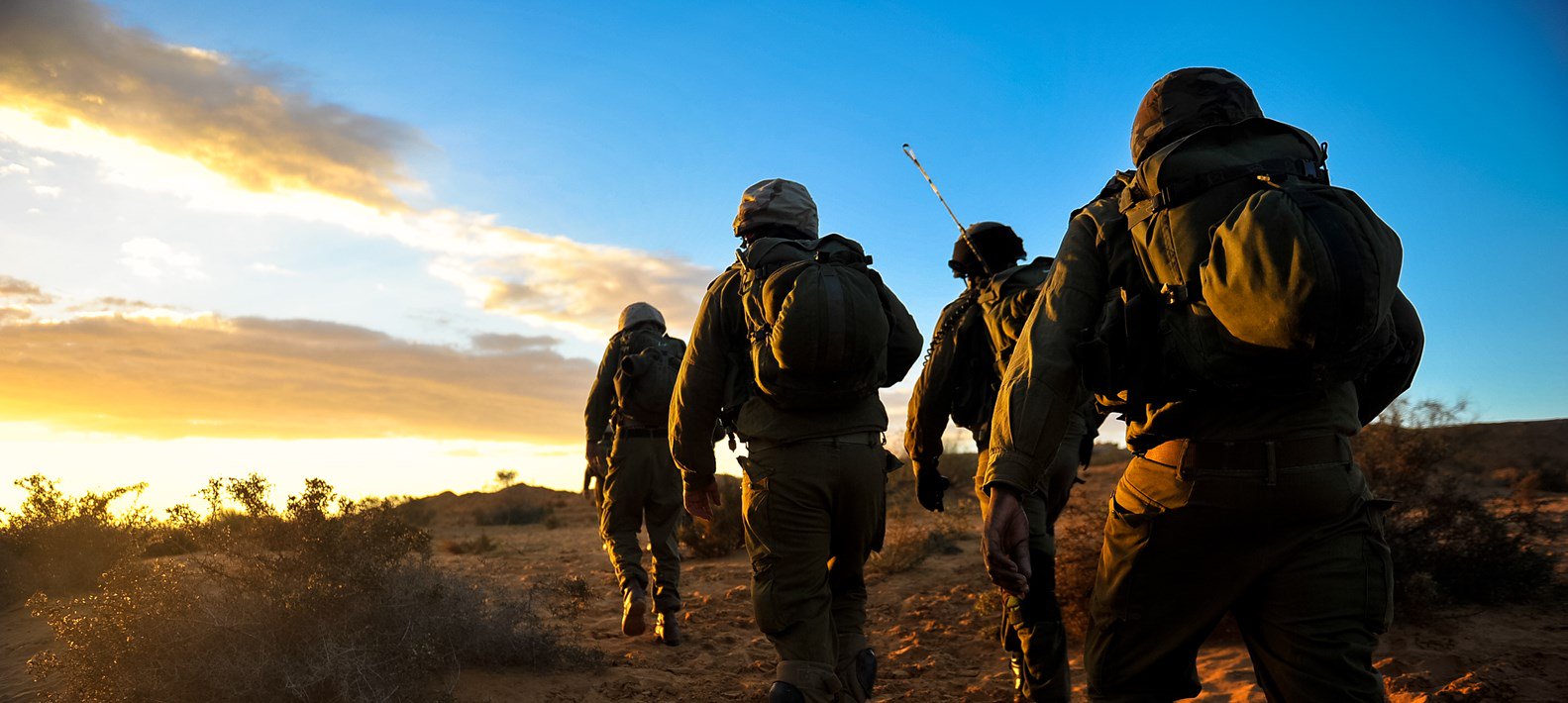By Darshana M. Baruah
Introduction
The Indian Ocean region (IOR) is a critical juncture of the wider Indo-Pacific. It is one of the most crucial trade corridors that links the Middle East, Europe, Africa, South Asia, and Southeast and Northeast Asia. As outlined by the Indian Ocean Rim Association (IORA), the Indian Ocean is "[h]ome to nearly 2.7 billion people … carrying half of the world’s container ships, one third of the world’s bulk cargo traffic, and two thirds of the world’s oil shipments."1 After the Cold War, the Indian Ocean remained relatively peaceful, with minimal geopolitical competition. India and the United States have been the primary actors in the theater and largely accepted each other’s presence and operations. After the Cold War, Washington welcomed a greater Indian role, with then–U.S. Secretary of Defense Robert Gates encouraging India to be a "net provider of security in the Indian Ocean and beyond."2 However, as China continues to expand its presence and deepen its engagements across the Indo-Pacific, there is a new geopolitical competition emerging in the Indian Ocean. While India perceives a growing Chinese presence as competition to its strategic and security role in the IOR, Beijing is determined to stake its claim and emerge as a key player in the IOR. This ambition feeds into China’s larger objective of becoming a global maritime power.
India has a vital interest in the Indian Ocean, and as one of the IOR’s most prominent resident naval powers, its role in the IOR has been critical to maintaining peace and security. As China continues to expand its engagements and presence across the IOR, Delhi is beginning to review its maritime engagements and policies.3 Much of Delhi’s advantage is rooted in geography and operational experience, whereas it suffers from serious capacity constraints. Should China manage to find the means and ways to sustain itself in the region and gain experience operating there, it will be able to quickly overcome India’s advantages. Given that neither India nor China is looking to engage in a military conflict to establish dominance, strategic signaling, positioning, power projection, and enhanced operational capabilities will be key to enabling India to maintain a favorable position in the IOR in the next decade or so.


